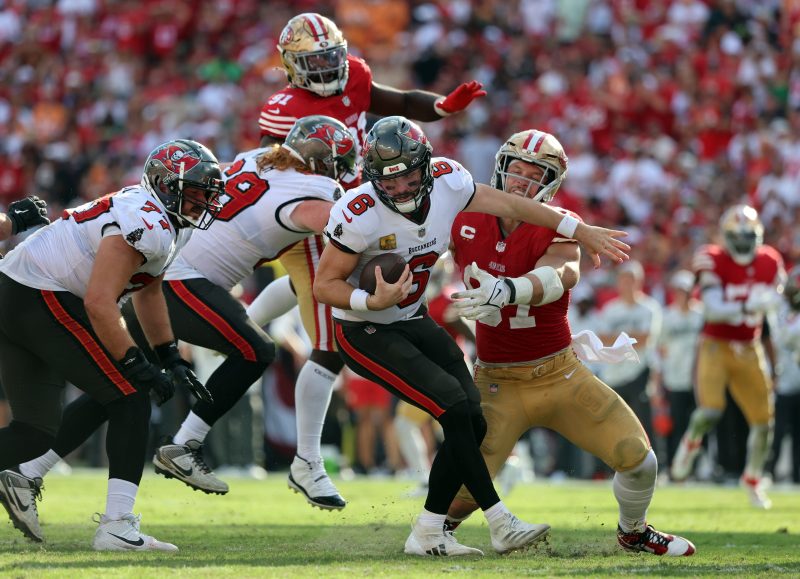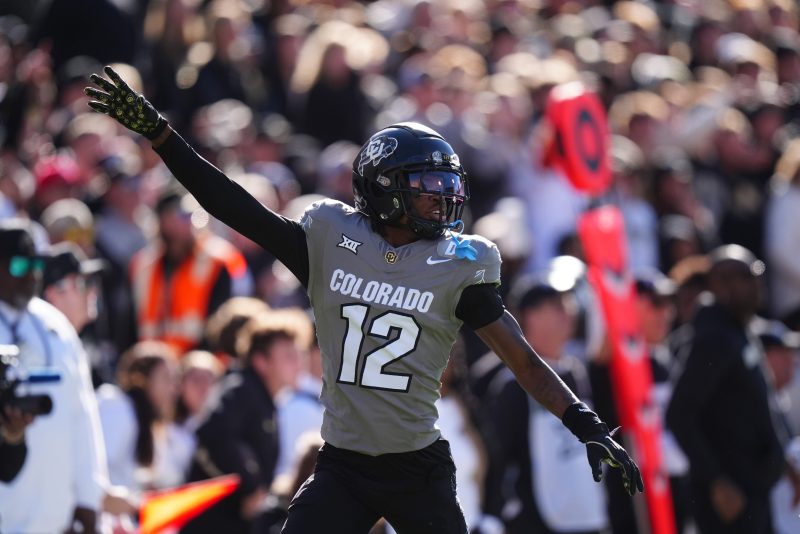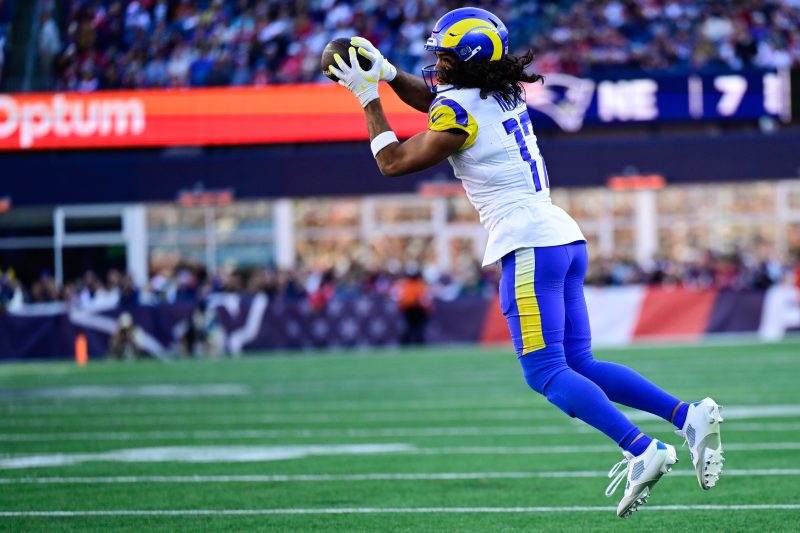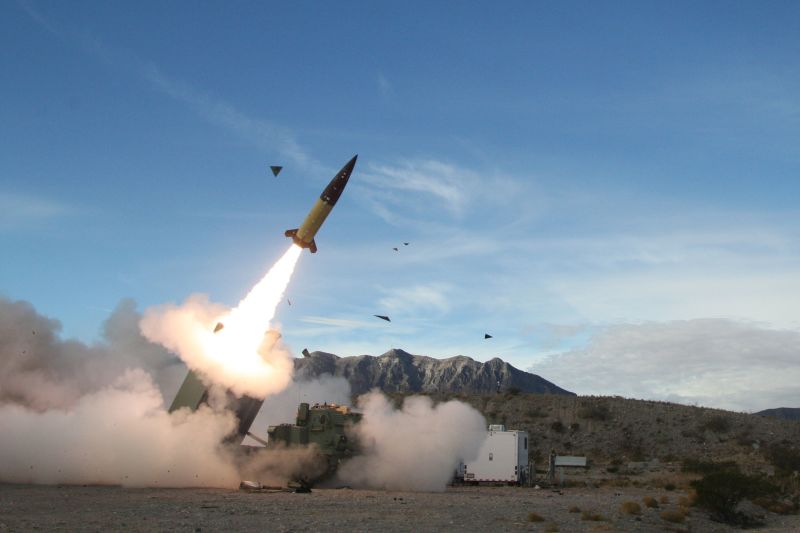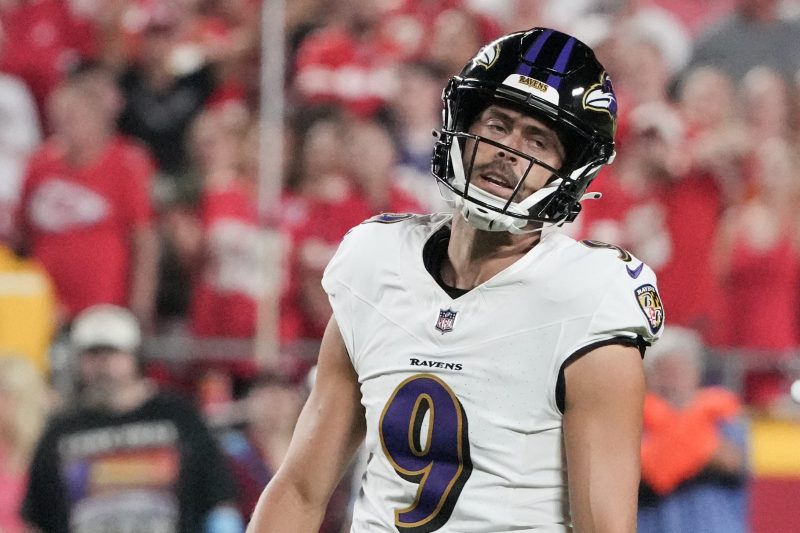Is cheerleading dangerous? Ex-NFL cheerleader turned doctor has tips
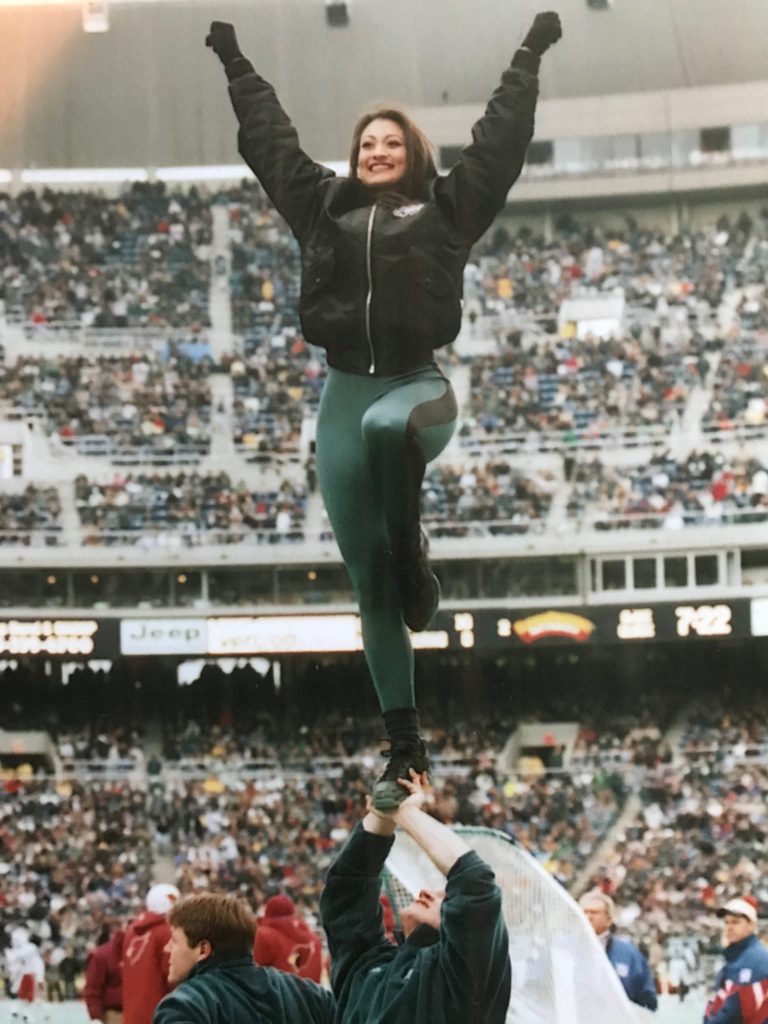
Jennifer King had always been a dancer. What she didn’t realize, until that day she stood in the long line outside an airport hotel, is that she was a cheerleader, too.
She had danced growing up, and she minored in it as an undergraduate. She took dance classes while she attended PCOM, short for the Philadelphia College of Osteopathic Medicine.
She had no idea what she was getting into when she complained to a classmate about the lack of adult hip hop and jazz options.
“The Eagles are having auditions this weekend,” the classmate told her. “It’s a free class.”
So there was King, two years into medical school, standing in a line that wrapped around a building near Philadelphia International Airport, dressed for a dance audition.
“Ballet clothes and hair in a bun and no makeup,” she remembers. “Everyone else was dressed like they were ready to hit the field as an Eagles cheerleader.
“And then I ended up making the team.’
She wound up learning stunts – and how to remain stable when teammates tossed her up in the air – while getting on-the-job training about the inner workings of a sport that pushes the anatomical limits of athletes even further today.
“We expect 12 year olds to do what we expected 17 year olds to do 20 years ago,” King tells USA TODAY Sports. “So I think with that comes inherent risk, because they’re trying to do things that they might not be developmentally ready to do, especially because you can pretty much YouTube any skill you want to learn and then try to figure it out on your own.”
She’s now the section chief of Pediatric Sports Medicine at Kapi’olani Medical Center for Women and Children in Honolulu and a mom of two teenagers (Jude, 15, and Eva, 14). She’s the co-author of the American Academy of Pediatrics’ most recent policy statement for cheerleaders: “Safety in Cheerleading: Epidemiology and Recommendations.”
The policy was updated last month at a time when more than 3.5 million youth (mostly girls starting at 6 years old) participate in cheerleading and, according to one estimate, 35,000 cheer athletes are injured each year, mostly in the 12-to-18 age group.
Cheerleaders also face concerns about body image and a culture in which they feel less important than athletes who play other sports. USA TODAY Sports consulted with King and Brittany Poinson, a neurologist at Children’s Hospital New Orleans who sees patients (including cheerleaders) for concussions, about how they can manage their unique challenges.
Many of the physicians’ health and safety recommendations, though, can help all youth athletes compete with confidence.
Cheerleaders are elite athletes, and they still feel inferior
Two decades ago, during her medical fellowship at Rutgers, King remembers an athletic trainer telling her cheerleaders don’t come to see him.
“They don’t get injured,” he said.
“They actually do,” she replied, “but they just don’t come to you because they feel like they’re just not seen as competitive as some of the other team sports.”
A stigma persists, King says, which still affects injury prevention and treatment.
“Because a lot of people don’t technically see it as a sport, they don’t always seek medical care the same way that a football player or soccer player would,” King says. “A lot of the cheerleaders won’t go to get seen because they feel like they’re a second tier to the football players or basketball players.
“It’s changing, especially when people actually watch what they do at cheer competitions. … A lot of the things they do is even more extreme than what I see ballet dancers do now.’
Cheer is present scholastically and at club and recreational levels. High schools not only have traditional cheer to support athletic team during events, but “competitive spirit,” which pits schools against one another in high-stakes arrays of jumps, tumbles and complex stunts.
The sport has become a vehicle for kids, and their parents, to seek notoriety and admission to college in both traditional and STUNT cheer.
Like with other youth sports, the expectations, as well as injury risks, have crept down to the youngest age levels.
‘We have some of the cheerleaders that will cover Pee Wee football,’ King says. ‘They start really, really young.’
COACH STEVE: 70% of kids drop out of youth sports by 13. Why?
Concussions are a primary injury risk with cheerleading; do you realize you have one?
When she cheered for the Eagles, King was asked to judge local cheer competitions. During her first, a flyer was dropped during a stunt and briefly lost consciousness.
“I don’t even know what concussion this is. Is it six? Is it seven?” King recalls the girl’s mom telling her.
“She’s in ninth grade,” King replied.
“Well, she’s a cheerleader and she flies, and that’s pretty normal,” the mom said. “She’ll get better.”
A concussion, we know from more advanced research today, is not just getting your bell rung. The effects to your physical and mental health when you sustain one are potentially debilitating and long-term.
Concussions accounted for 31 percent of cheerleader injuries, according to a High School Reporting Information Online (RIO) database King cites in the AAP policy statement.
“Cheerleaders are tough because most of them have a very type A personality, like they’re the kids that are doing honors classes and AP classes,” she says. “So concussion management for those type of kids are just harder because they don’t want to stop.”
Concussions don’t require loss of consciousness. King says it’s common among seventh and eighth graders to not even know they have one.
“They just feel like, ‘Well, I’m playing football now, and I hit people, so of course, it’s gonna hurt, of course gonna have headache and be dizzy,’ ” she says.
According to King’s research, most cheer-related concussions resulted in a loss of time from sport of one to three weeks, but concussion was the leading cause of cheer injuries resulting in time loss of three weeks or more.
You’re especially at risk for a concussion when you’re practicing; here are steps to stay safe
Cheerleaders are especially vulnerable in practice, when they’re trying skills that aren’t natural to them.
Poinson, the New Orleans-based neurologist, has a checklist to ensure they’re practicing safely.
Teaching and technique: “Coaches should provide ongoing instruction to ensure that all athletes are performing skills safely, gradually advancing skills once basics are mastered,” Poinson says.
Most high school athletic associations require coaches to get certified for spotting, safety and injury management through USA Cheer’s safety and risk management course. (Thirty-two of these associations recognize girls competitive cheer as a sport, according to the latest National Federation of State High School Associations participant survey.)
Tools: Practice on a safe surface like a mat and avoid surfaces that are wet or uneven. (If you are performing on a hard surface, King says, modify your routine so you don’t get hurt.)
Training: Use a spotter, something King also recommends to athletes who are itching to play as a team before a school’s official start date.
“I would not recommend that for any sport to do really high level skills without someone (such as a coach) there,” she says. “I think if they’re learning routines and choreography, that’s probably fine, but it’s more when they start to get into more of the tumbling and stunting.”
‘You don’t need to look like the person next to you’
It was hard growing up in dance, King says, because all of the classes were in front of a mirror. You saw yourself against everybody else.
Cheer, too, is a sport that has historically emphasized a slim, lean body. Cheerleaders, she writes in her policy, are at risk for body image dissatisfaction, inadequate caloric intake and bone stress injuries.
“A lot of it is, is just a reinforcement that everyone’s bodies are different and you don’t need to look like the person next to you,” she says.
COACH STEVE: How a cheerleader overcame cyberbullying in the social media age
Cheer, unlike dance, requires strong people. Its athletes can benefit, Poinson says, from a conditioning program that strengthens the neck and core muscles because a strong core can help stabilize the body and prevent injuries. Similarly, girls need muscle mass when they serve as the base of a pyramid, which the NFHS recommends should not exceed the height of two and a half people.
Ask your child’s doctor about a healthy weight and reinforce a healthy lifestyle. Athletes, King says, need a snack 30 to 60 minutes before practice, and they need to refuel again (perhaps with dinner) within 45 minutes afterward.
And as you train, understand your body is changing.
“We know that for most kids, when they go through adolescence, they go through this little bit awkward phase when things start to fall apart, so skills that became easy for them are becoming harder, and so part of that is because they’re getting into that adult skeleton,” King says. “So now that their hips and knees are fully forming, they might not be as flexible as they were when they were younger, and then they get frustrated because that flexibility goes away.”
But a coach, she says, can tell a kid: “This is normal. We’re just going to figure out a way for you to do this skill because your body’s a little bit different than it was last year.”
Sleep is crucial: How much does your athlete need?
We know from numerous studies that getting adequate sleep drastically reduces your risk of injuries or accidents, whether you are a kid or an adult.
King, who suggests teens average eight hours a night, puts it this way: How does a kid from Hawaii jump on a redeye for a cheer competition in Florida and expect to compete the next day?
When you don’t get enough sleep, you dull your coordination and reaction time.
Sleep problems in teens can continue well into adulthood. According to UCLA Health, crashes related to drowsy driving take the lives of more than 1,550 people every year. These crashes are most often caused by young people under 25.
Check in with your athletes: Allow them to say no to an activity, but maybe not to Bon Jovi
King cheered for the Eagles for two years, then a third for the Philadelphia Soul, an Arena Football League team that a rock and roll legend helped bring to the city.
“Long story short, it’s really hard to say no to Jon Bon Jovi,” she says, laughing.
She was now a second-year resident now, though.
‘I kind of prefaced it, with, ‘I can only do this for one year because it’s just gonna to be crazy to try to juggle it,’ ‘ she says. ‘(It’s) super fun too, a different feel being inside the arena.’
As a physician today, she offers her patients ‘five pillars’ for success: Food, water, sleep, physical activity and stress reduction.
Encourage kids, she says, to have a stress reduction method they can go to for a few minutes that’s not their sport. A meditation app, music, a book or even Netflix.
She suggests to periodically check in your kids to make sure a team environment is right for them. If your teenager offers little communication, check with his or her coaches.
Don’t ask about playing time; just make sure your kid is in a situation to thrive.
We help our kids pursue their athletic goals, but we also need to be prepared to support them if they don’t.
“If they burn out, it’s usually kind of in that middle to late high school years, and then they just feel so guilty because they know the investment the parents have made for them to continue to cheer,” King says. “So sometimes they’ll kind of push through even though it’s not something they love to do anymore.”
Steve Borelli, aka Coach Steve, has been an editor and writer with USA TODAY since 1999. He spent 10 years coaching his two sons’ baseball and basketball teams. He and his wife, Colleen, are now sports parents for two high schoolers. His column is posted weekly. For his past columns, click here.
